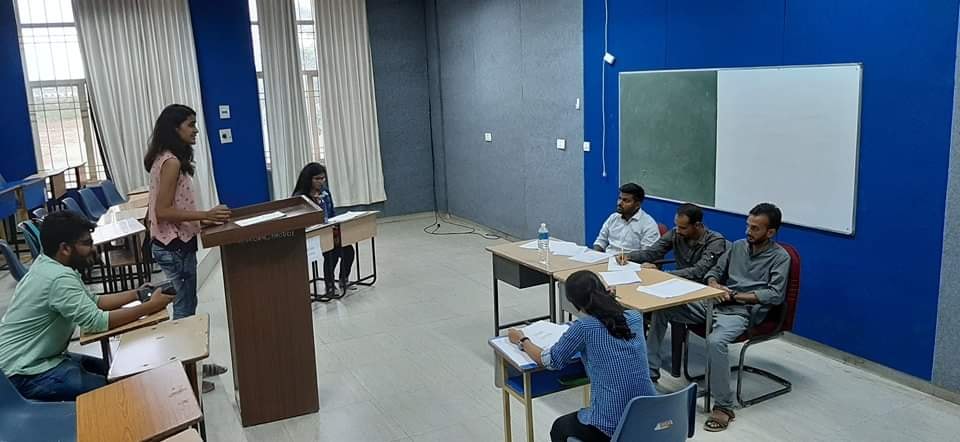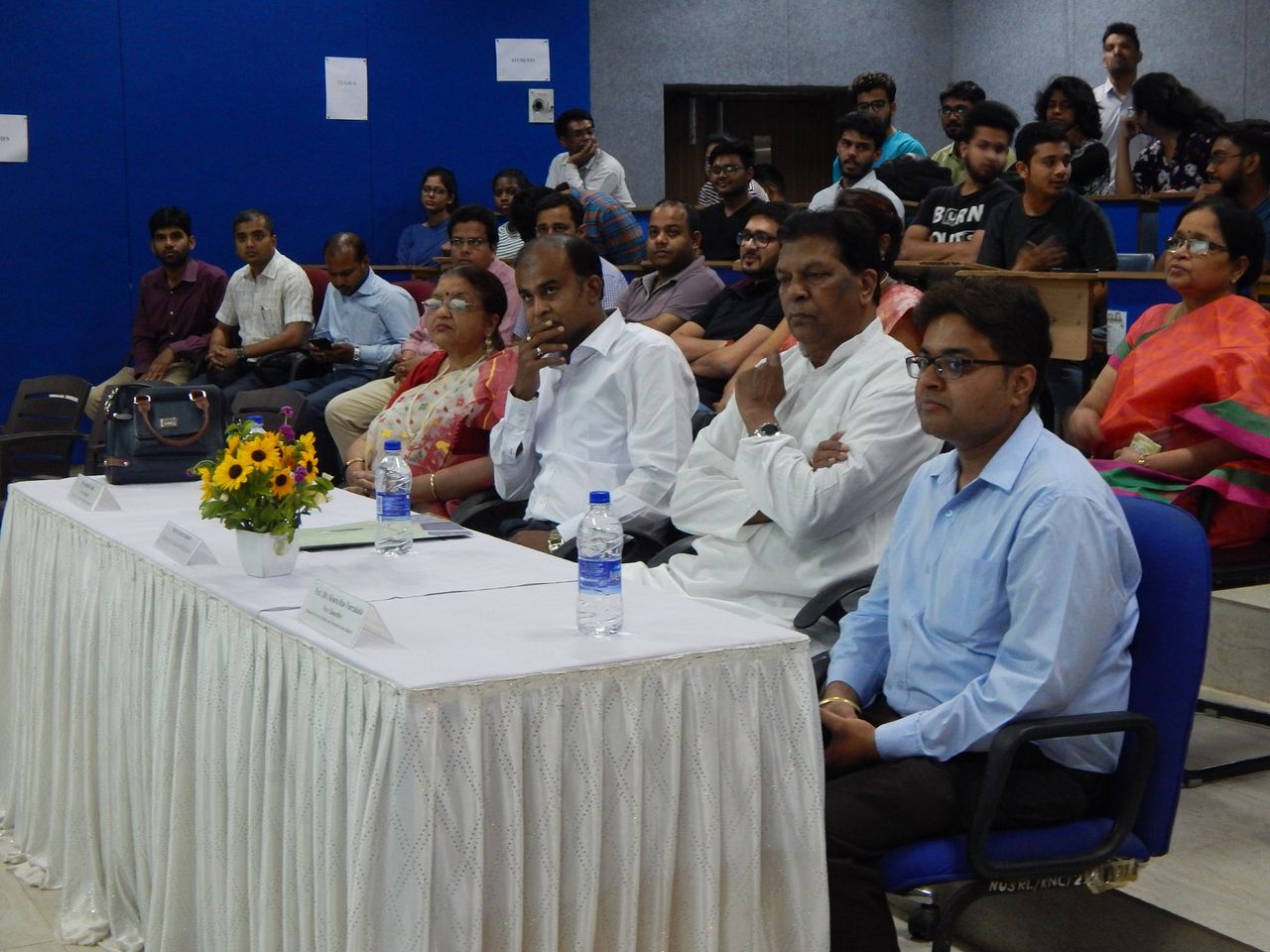Author: Vidhi Kawrani is a second-year law student pursuing B.A. LLB (Hons.) at Institute of Law, Nirma University.
“Punishment is justice for the unjust”- a rather hunky-dory version of reality we witness sitting behind the screens. A long-standing tradition of punishing the wrongdoer finds its place in how law should protect even one innocent person no matter if a number of guilty people go unpunished in the process. This is wherein our Indian Penal Code acquires a centre-place in the Indian Judicial System which has been in existence since the advent of britishers to colonize India tracing its historical background to 1860s.
The unravelling and audacious introduction of new bills as Bhartiya Nyay Sanhita, Bhartiya Nagrik Suraksha Sanhita and Bhartiya Sakshya discerns it as an unprecedented smacking of xenophobic tradition of laws with a touch of Hindi Nationalism across the subcontinent.
Is it really Indianised and gender neutral as put forward?
Dissection of the New Names of The Bills
Nyay as derived from Sanskrit refers to an apparatus leading to justice which raises the ambiguity of how offences and punishment will align with this justice code at large. It is a wider term incorporating within it a variety of laws as under the sun whose intention is to uphold justice thereby formulating it as an all-in-one justice code foregoing the intricacies of the provisions and situations at hand. It reinforces the idea of how one should not judge a book by its cover i.e. to say merely substituting a Hindi name does not justify its efficiency rather it has herein created controversies of what is it that the government wants to add in and repeal in the guise of these new bills so as to ease their way forward. Bhartiya Nyay Sanhita is thus an intriguing name which is translated as bringing justice to court rather than the other way round where courts were the upholders of justice since time immemorial. The criminal law and its subsequent procedure furthermore find its place in the concurrent list of the Seventh Schedule of Indian Constitution in turn entrusting both parliament and state legislatures to formulate laws with this respect. What we fail to reckon is how this might lead to political chaos and turbulence with each state renaming them in their own vernacular language under the name of validating diversity on one hand but eroding the unity on the other hand. This might prove threatening to the democratic ideal as embodied in our constitution which precedes the preamble with “We the people of India” which goes divided in these differential names for differing territories across the subcontinent.
Gender Neutrality: Affirmative or Negative?
A diverse country as India calls for a legal framework such that it adapts to the populace of every colour, caste, gender, race and sexuality with no lacunae of differential treatment as enshrined by the Article 14 in our Constitution holding all the other laws in place. This is something which cannot be overlooked even when one wants to trace its origin back to our long-standing history of despotic Mughal rule followed by arbitrary colonial rule thereby making it even more significant to delve into the question of whether the new provisions in this bill are affable towards all genders or is it still work in progress. The addition of the word ‘whoever’ in clause 69 states how a person will be punished when engaged in luring a woman by deceitful means under the pretext of marriage; amendment to Section 376 of IPC with the addition of a new clause 64 has also found its place in the new proposed bill for the punishment of rape upon a woman under sixteen years of age as 20 years alongside a neutral provision of voyeurism enlisted herein have one thing in common when looked on from a magnified glass. It is that all these provisions are gender neutral from the point of view of accused but a little can be made out about the victim who has still been woman leaving no room of remedy for man as such i.e. even law overlooks the fact that women can do no wrong which is what needs to be transformed when we protest for equality and its assurance in every sphere of life then why should it go unnoticed when punishing the offender. Furthermore Section 376(d) dealing with gang rape is also similar wherein a woman cannot be convicted for the mere purpose that she cannot undertake such a heinous crime and can only be a victim in such a case making us ponder once again whether this justice code will actually bring justice or not? Section 377 has also been withdrawn entirely thereby declaring it unconstitutional alongside the landmark judicial pronouncements such as Navtej Singh Johar vs Union of India which no matter however it was but still made space for some correctional remedies every now and then which has now been eroded under this new bill pending consideration in parliament.
The jurisprudential question of emancipating our criminal justice system from the clutches of colonial legacy can be looked upon from a symbolic overhaul supplementing the changing dynamics of our society. There were as many as 313 changes put forth in this regard with the mere objective of how people approaching court with their grievances can be administered justice with no less than three years thereby increasing delay further because it is no surprise as to why “Justice delayed is justice denied” in its true sense. The new label attached to this code when translated reads as ‘Justice code’ or ‘Indian citizen protection act’ which is why we fail to reckon as to what the content of such a law is all about because it seems to be somewhat misleading if not incorrect in entirety. A criminal law which aims at giving each person his or her due in the form of justice cannot be studied without taking into consideration the theories of punishment thus acquiring a crucial role herein expressing as to why deterrent and reformative ones are most widely put to use in a country like India i.e. our penal system strives for the betterment of populace at large with the underlying assumption that every person deserves a second chance in life.
Analysis on The Suitability and Relevance of The Bills
The question we thereafter ponder upon is whether this bill is really a welcome move or is it just an annotated version of the previous one?
The focal point of these criminal bills is to meet the end goals of justice for which there is a mention of expediting the trial procedure to 30 days as against the postponing of dates earlier. This has further been augmented by enlisting what we considered crimes from the sociological perspective into the ambit of offences thereby entrusting legal recognition to them via creating an altogether separate section in the respective code such as Mob lynching, Terrorism, Organised Crimes preceded by their definition in the first place. The stricter punishment for crimes against women has also been introduced as aforementioned with respect to luring a woman by deceitful means under the pretext of marriage as well as the inception of community service as punishment also found its place herein. Such acts were undertaken to adapt the society to contemporary changes occurring around us and the world to align with the socio economic and political landscape. Formulating laws is different from its implementation which is what distinguishes the different organs of democracy in our country thereby upholding the doctrine of separation of powers of which India is an ardent follower to ensure stability and peace among the operational apparatus of the country.
Criminal law when adapted as an instrument to ensure safety and protection will be able to function efficiently only when combined with its equivalent power to destroy. Therefore, a long way is yet to be addressed to know the extent of these bills and how laudable they can be in easing the life of the populace and government than before. This furthermore calls for coupling it with the constitutional vision to strengthen it in its foremost objective at hand rather than mere de anglicizing the law itself.
Concluding Remarks
A substantive change can be rather witnessed in the most substantive law of the country as and when the aforementioned bills make their way into the Indian laws which can be looked upon from two magnifying glasses. The affirmative, well intentioned, much needed group on one hand and the negative, dubious and capricious intentioned group on the other hand have been in continuous banter and controversy with the introduction of these bills to establish a position stronger and more influential than the other in this rat race. It has always been a human tendency to have a look and weigh things from both the perspectives to come to a conclusion as to what better fate can be thus adopted. Therefore, the determination of the bills as a welcome move or not can be analyzed from a nuanced understanding of their implications in the contemporaneous digital era of the twenty-first century to aid India in reaching new heights with a less crime prone society at hand.







Leave a comment